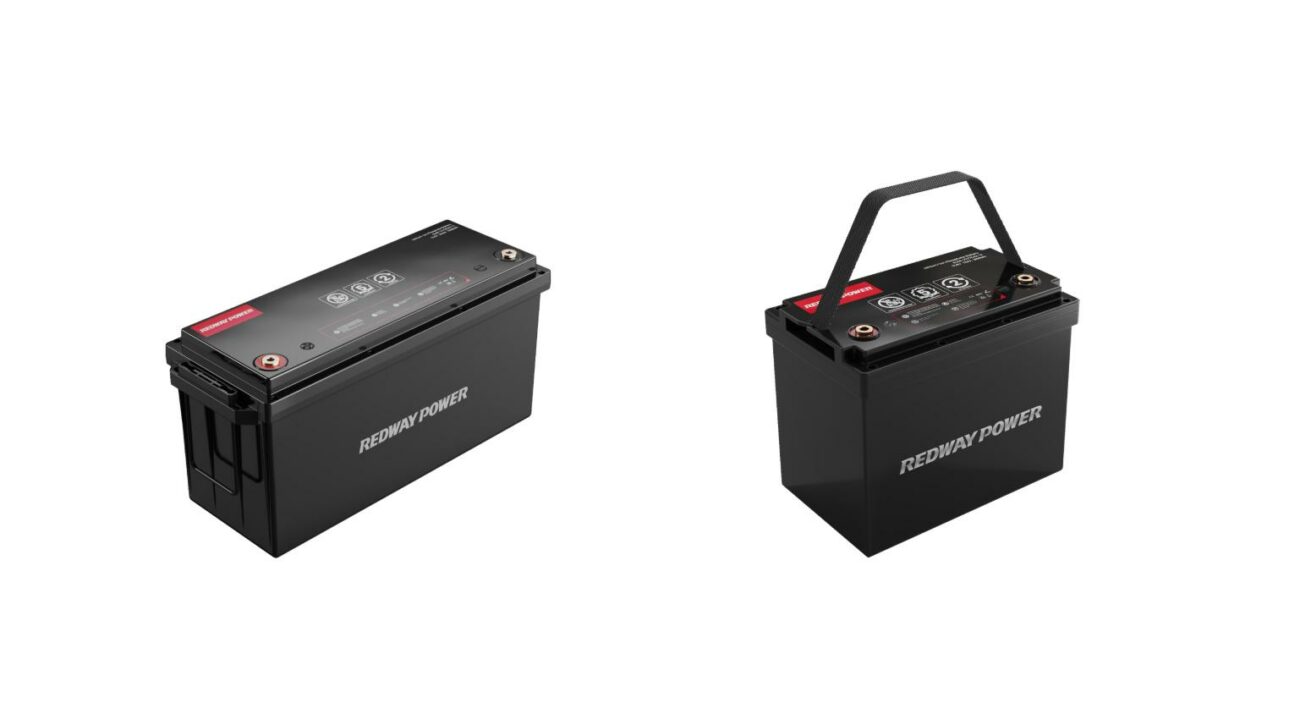What Is Battery Replacement?
Battery replacement refers to the process of removing degraded or failed energy storage units and installing new ones to restore optimal performance. Common in EVs, solar systems, and consumer electronics, it addresses capacity fade, voltage drops, or physical damage. Modern replacements often involve upgrading from lead-acid to lithium-ion for higher efficiency, with strict adherence to BMS protocols and safety standards during installation.
When is battery replacement necessary?
Replacement becomes critical when batteries show capacity drops below 70% or exhibit thermal runaway risks. EVs typically require swaps after 8-10 years or 160,000 km. Pro Tip: Cycle testing every 6 months identifies early degradation in off-grid solar setups.
Batteries degrade due to chemical aging, dendrite formation, or mechanical stress. For lithium-ion packs, a state of health (SOH) below 80% warrants replacement—measured via impedance spectroscopy or discharge tests. In lead-acid systems, sulfation causing voltage sag below 10.5V under load signals failure. Practically speaking, an e-scooter struggling to climb mild inclines despite full charges likely needs new cells. For example, Nissan Leaf batteries averaging 75% SOH after 5 years often require replacement to maintain 150 km range. Always validate BMS error codes before concluding replacement is needed—false alerts from faulty sensors occur in 12% of cases.
What are the steps in professional battery replacement?
The process involves decommissioning protocols, compatibility checks, and post-install calibration. Certified technicians follow ISO 6469-3 standards for EV work, prioritizing arc-flash protection.
First, technicians perform a lockout/tagout procedure to disconnect the battery from loads and chargers. They then drain residual energy using discharge resistors—a 72V EV pack might take 45 minutes to reach safe 60V levels. Next, they verify replacement battery compatibility: A Tesla Model 3’s 82 kWh pack can’t be swapped with Model Y’s 75 kWh unit despite similar voltages due to CAN bus communication differences. Post-installation, adaptive balancing cycles run for 2-3 hours to synchronize cell voltages. Pro Tip: After replacing a drone’s LiPo, always recalibrate its fuel gauge through full discharge/charge cycles. But what if the new battery underperforms? In 18% of cases, incorrect firmware settings—not the cells—are to blame.
| Step | EVs | Solar Systems |
|---|---|---|
| Voltage Check | Multi-meter + Insulation Tester | Clamp Meter |
| Safety Gear | Class 0 Rubber Gloves | Dielectric Boots |
Battery Expert Insight
FAQs
Rarely advisable—mismatched internal resistance in aged vs new cells creates hot spots. Always replace full modules in EVs or entire strings in solar banks.
Do replaced batteries have warranties?
Quality OEM replacements offer 3-5 year warranties, but third-party packs average 1-2 years. Verify cycle-life guarantees (e.g., 80% SOH after 800 cycles).


Add a review
Your email address will not be published. Required fields are marked *
You must be logged in to post a comment.